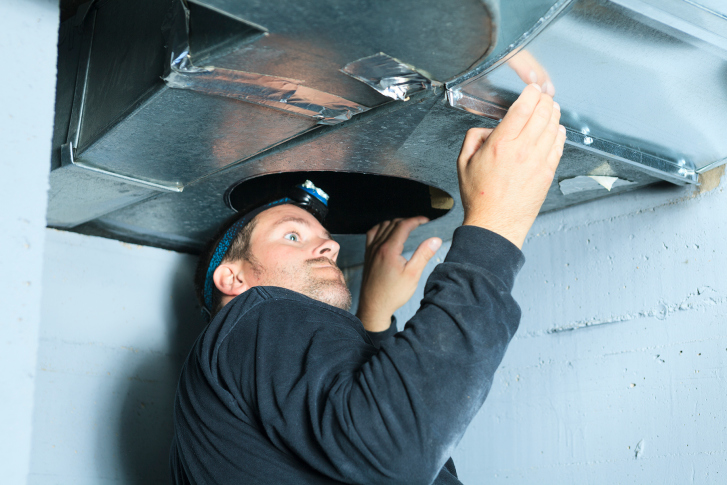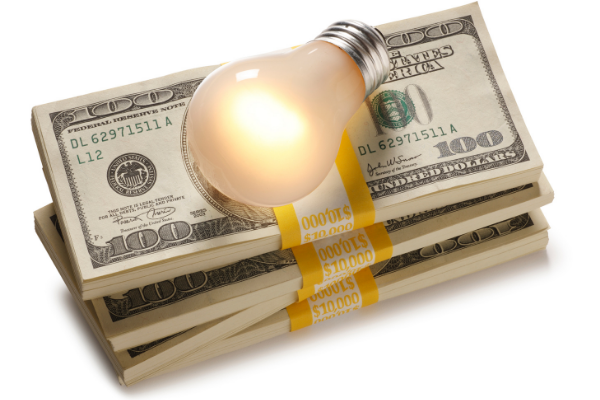Tips For Selling A House During The Winter Season
 The most popular time of year to sell a home is the summer. There are a lot of families with children who prefer to move during the summer because they do not want to move their children during the school year. In contrast, many people do not like to move during the winter. It can be difficult to request extra time off of work, particularly during the holiday season. At the same time, it is still possible to sell a home during the winter. What are a few tips homeowners need to follow to sell a home during the winter?
The most popular time of year to sell a home is the summer. There are a lot of families with children who prefer to move during the summer because they do not want to move their children during the school year. In contrast, many people do not like to move during the winter. It can be difficult to request extra time off of work, particularly during the holiday season. At the same time, it is still possible to sell a home during the winter. What are a few tips homeowners need to follow to sell a home during the winter?
Maximize Curb Appeal
There is never a second chance to make a first impression, and homeowners need to maximize curb appeal. Do everything possible to make the yard look nice. It is also critical to shovel the walkways. That way, potential buyers do not need to worry about slipping and falling when they walk up the front driveway. It may also be helpful to clean off the patio to make it look larger.
Warm Up The Inside
People are going to be cold when they step inside during the winter. Therefore, homeowners should turn up the heat. It may also be helpful to have a specific location for winter coats and wet shoes. That way, potential buyers will be comfortable at that look at each individual room in the home.
Add More Lights
During the winter, it is dark when people go to work. It is also dark when they come home. It might be pitch black when people arrive, so remember to turn on the lights in the home. Having lights can make the home feel more inviting. They can also increase the visibility inside and outside the home so the buyers can see what the house has to offer.
Showcase The Season
Sellers should not hesitate to showcase the season. Consider putting out a plate of cookies. Arrange pillows and blankets on the sofa. Turn on the fireplace if there is one. Even seasonal accents can make the difference when trying to get an offer on the table. Be sure to stage the home for the season to showcase the potential of a house.

 There are many homeowners who are looking for help with storage. Even after moving in, many homeowners still have a lot of items they need to get rid of and this is where built-in storage solutions can be helpful. Even though some storage options might be pricey, there are inexpensive options available as well. Take a look at a few solutions below, and improve the storage situation.
There are many homeowners who are looking for help with storage. Even after moving in, many homeowners still have a lot of items they need to get rid of and this is where built-in storage solutions can be helpful. Even though some storage options might be pricey, there are inexpensive options available as well. Take a look at a few solutions below, and improve the storage situation.  The process of buying a home can be exciting and stressful, with one important task being the home inspection. All real estate professionals will likely recommend a home inspection. This is usually a condition of making an offer on a home. While not all prospective buyers will ask the seller to make repairs based on the inspection report, it is important for buyers to know what they might have to do to repair the home.
The process of buying a home can be exciting and stressful, with one important task being the home inspection. All real estate professionals will likely recommend a home inspection. This is usually a condition of making an offer on a home. While not all prospective buyers will ask the seller to make repairs based on the inspection report, it is important for buyers to know what they might have to do to repair the home. There are many homeowners who are looking for ways to reduce their monthly expenses. One way to do that is to target energy bills and expenditures. Homeowners might be able to make a few changes and upgrades to their homes, which could reduce utility bills and improve energy efficiency. What are a few ways to do exactly that?
There are many homeowners who are looking for ways to reduce their monthly expenses. One way to do that is to target energy bills and expenditures. Homeowners might be able to make a few changes and upgrades to their homes, which could reduce utility bills and improve energy efficiency. What are a few ways to do exactly that? If you’re just jumping into the game of home purchasing, you are likely considering all of your loan options and may even have heard the term mortgage rate lock. For those who don’t like to gamble, a mortgage rate lock can offer a bit of reassurance, but there are also some downsides to this type of protection. Before signing off on this, here are the details on rate locks so you can make an informed decision.
If you’re just jumping into the game of home purchasing, you are likely considering all of your loan options and may even have heard the term mortgage rate lock. For those who don’t like to gamble, a mortgage rate lock can offer a bit of reassurance, but there are also some downsides to this type of protection. Before signing off on this, here are the details on rate locks so you can make an informed decision.